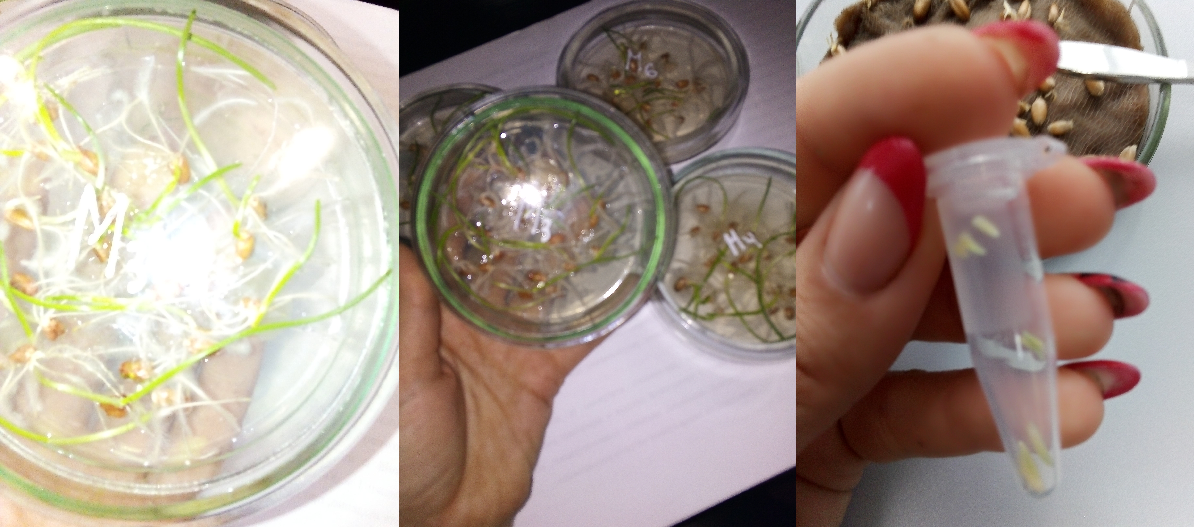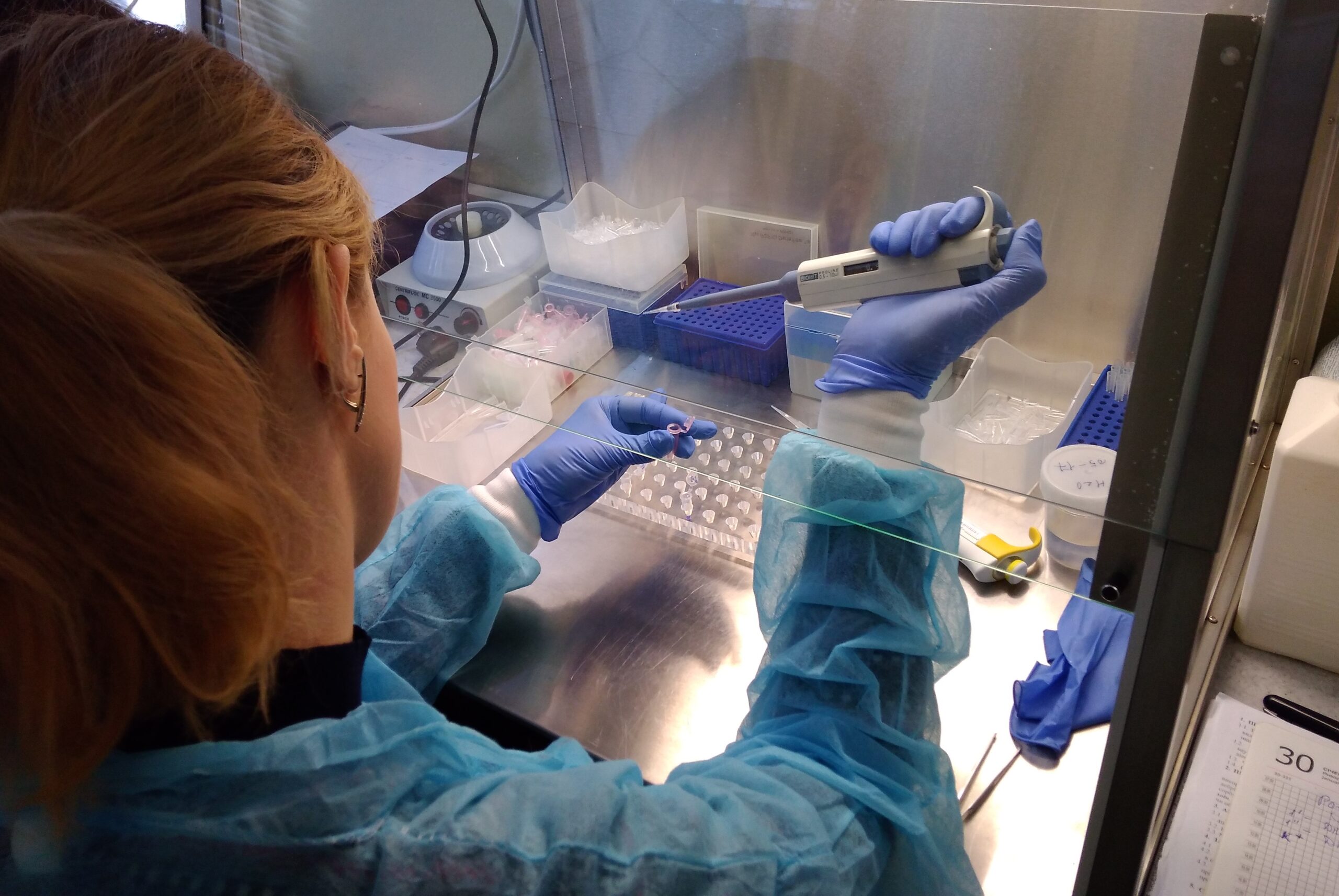Polymerase Chain Reaction (PCR): An alternative of immunological studies with the determination of disease resistance gene in winter bread wheat genotypes
A successful future of agriculture is impossible without conducting biotechnological and molecular research. This requires qualified specialists, modern equipment and chemical reagents.
The research capacity of the scientists of the Sumy National Agrarian University (SNAU) was strengthened with the support of the US-Ukraine Foundation Biotech Initiative Small Research Grants program. The grant received was used to purchase a thermostat for seed germination and a drying cabinet. The research in which the new equipment was used was aimed at breeding new varieties of winter wheat that show an increase in grain production due to increased disease resistance.
Plant diseases cause huge crop losses. In the twentieth century, according to the FAO, plant diseases caused an annual loss of 33.3 million tons of wheat grain (worth $2.2 billion) worldwide, which was the equivalent of 9.1% of the annual harvest of this important crop. Although these losses have decreased recently, they remain economically significant; therefore, measures are needed to eliminate them.
The breeding of new varieties of winter wheat that are resistant to diseases will allow for an increase in grain production by at least 2 c/h. If the newly created variety occupies a minimal sown area of 7,000 hectares (0.1% of the total), then the additional harvest of grain will be 1,400 tons (resulting in more than 4 million UAH in additional revenue annually).
In addition, the cost of this grain will be lower because of the savings on chemical protection of crops against diseases and technological operations.
Reducing pesticide capacity will also have a positive effect on health and the environment.
This new equipment contributed to the successful preparation of samples for laboratory tests. Wheat seeds, which underwent phytopathological testing in the field, were germinated for further DNA isolation (Figure 1).
The seeds were germinated to the stage of etiolated seedlings at a constant temperature in Petri dishes. The seeds of the following varieties were used: Smuglyanka, Zolotokolosa, Vesnanka, Kryzhynka, Kaļinova, Myronivska 65 and F4-6 combinations K.1-56. For successful germination, the seeds were sterilized to avoid fungal infection.

Figure 1. – Germination of winter wheat samples for further DNA isolation at SNAU
This work is part of the following research:
Purpose of the research
Molecular differentiation of breeding lines of bread winter wheat with resistance against diseases with Lr, Sr, Pm, Ug, Sr1AR genes for developing new varieties using molecular diagnostic methods.
Materials of the research
Seeds of Triticum aestivum (cultivar-carriers of wheat-rye translocations) and newly created hybrid material of bread winter wheat.
Tasks
- To identify by means of the polymerase chain reaction of 1BL / 1RS and 1AL / 1RS wheat-rye translocations in bread winter wheat genotypes.
- To investigate the genetic effects of 1BL/1RS combinations and 1AL/1RS translocations in bread winter wheat genotypes.
- To carry out the genotype selection of bread winter wheat with a mix of signs from carriers of various wheat-rye translocations.
Expected results
- The identification of bread winter wheat lines with resistance to fungal diseases (Erysiphe graminis, Tilletia caries, Ustilago tritici, Puccinia recondita, Puccinia graminis in particular the TTKSK strain Ug99 strain, etc.) with an introgressive rye component (1RS).
- Combination in one genotype of the 1RS chromosome shoulder on genomes of different orders to get new-generation wheat lines that will provide increased genetic potential realization of grain crop productivity.
- Establishing the reasons for the significant presence of Erysiphe graminis, Tilletia caries, Ustilago tritici, Puccinia recondita, Puccinia graminis in winter wheat.
- Recommendations for breeding and production of varieties resistant to the accumulation of pathogens.
- Comparison of classical methods with molecular diagnostics of fungi.

Figure 2. – The most common leaf diseases in the northeastern region of Ukraine (SNAU)
- Olha Bakumenko, PhD, Associate Professor, Sumy National Agrarian University
SNAU Profile
Google Scholar
ORCID
Research projects:
- Creation of a initial material with participation of wheat-rye translocations for use in breeding high-yield adapted for conditions of the northeast Forest-steppe zone of Ukraine of cultivars of the winter and spring bread wheat (state registration: 0113U004784)
- The origination of bread winter wheat hybrid strain with rye 1RS genes which controls the resistance to a group of plant (state registration: 0118U006176)

